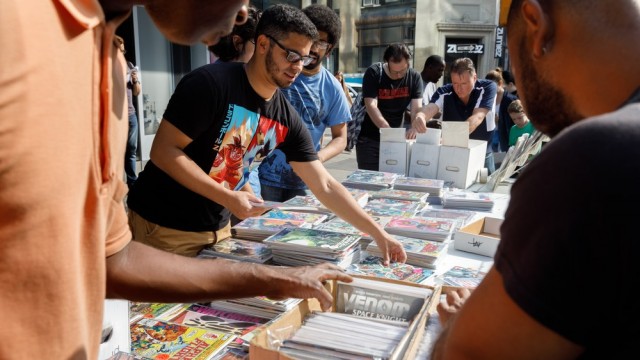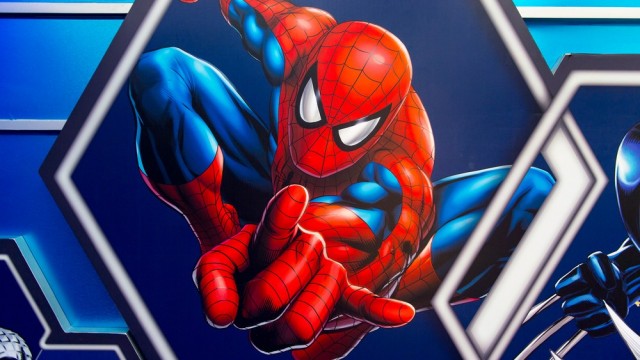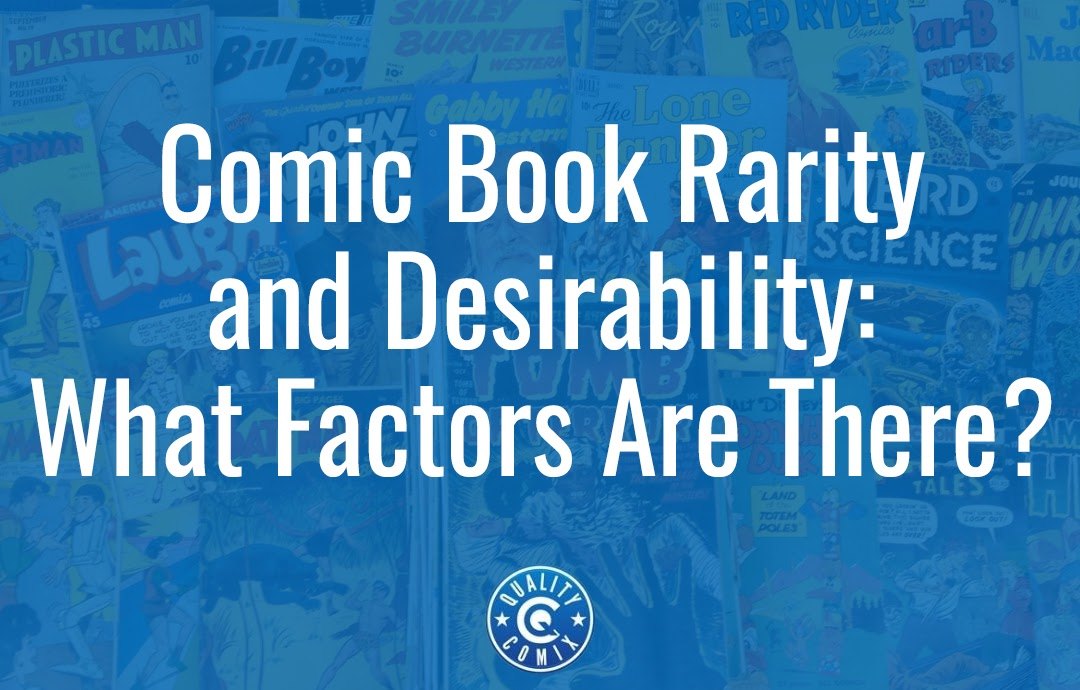
Some of the most valuable comic books in history are iconic examples of the first appearance of culturally significant characters, like Superman, Batman, or Captain America. Others may be iconic because of their events or because they mark a landmark in comics history. Some are obviously desirable, but others are not so obvious. So, what makes a comic desirable? Is rarity an important factor, or is there more to it?
Table of Contents
Age
One of the first and most important factors in the value and desirability of a comic book is the age of that book. But, in the world of comics, age can mean two different but related things.
The first is simply temporal age. A comic from 1950 is going to be more valuable in general than a comic from 1980.
There's a bunch of reasons for this. Older comic books have had more years to make it through, where every year is a chance for a catastrophe to destroy the book. Older comics were also often printed on worse-quality paper and are more subject to age-related degradation like the paper growing brittle. They can be damaged by smoke, sunlight, and all kinds of other problems.
Older comics were also often (though not always) printed in smaller numbers than newer comics. Moreover, many older comics had rebates or reasons to return them, recycle them, use them for insulation, to fuel household fires, and much more. There weren't as many to start with and fewer of them made it to today intact.
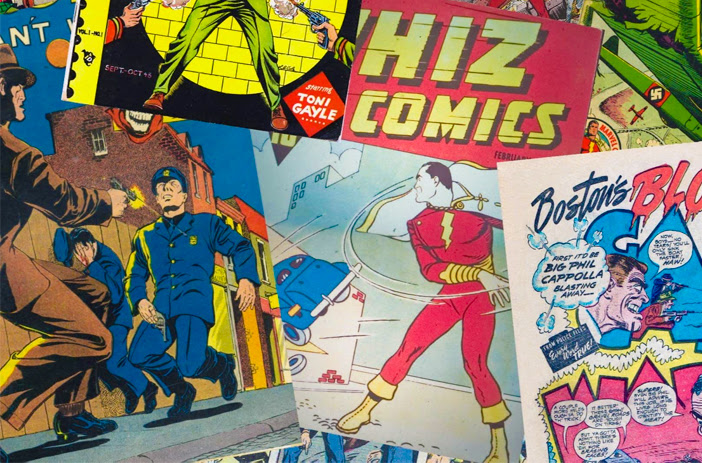
The second use of age is more about the era of the comics. Comics are divided into a handful of eras, ranging from pre-Victorian to the modern age. This broadly corresponds to the desirability of the comic, but it's not really that accurate. There are plenty of copper-age comics and even some modern-age comics that are worth more than your average golden-age book. Universally, though, all of the most valuable comics of all time (with the exception of literally one-of-a-kind books) are from the golden age.
Comics ages are interesting to learn about, especially when you consider the kinds of landmarks that divide the ages. They weren't entirely arbitrary delineations; they had cultural significance and marked important turning points in the industry, for good or ill.
Condition and Grading
What's the difference between an issue of Amazing Fantasy #15 that sells for $500,000 and a copy of Amazing Fantasy #15 that sells for $5,000?
For the most part, the answer is condition.
Older comics are harder to find in good condition, and with comics, condition is one of the greatest driving factors for value. Pages as close to white as possible, inks that are nice and crisp and not faded, pages that aren't bent, creased, or chipped, staples that are free of rust, paper that isn't stained or foxed, comics free from water damage, pen or other markings, and more. It's hard to find high-quality specimens of old and desirable comics. The better the condition is, the rarer that particular copy likely is, and thus, the more desirable it will be for collectors and the higher a price it will fetch.
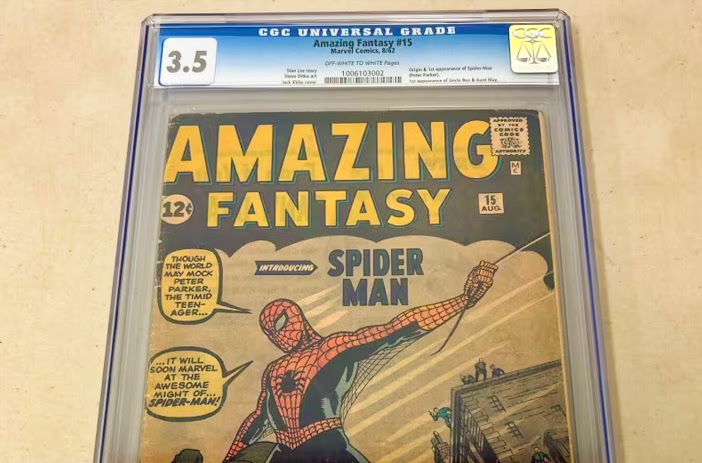
Condition is also validated and verified by grading companies, which have a mostly-objective scale of indicators of the condition and quality of a comic, and can judge it based on that scale. When they rate two or more comics as the same grade, they can be assumed to be more or less the same in condition, though the exact kinds and placement of damage can vary.
Between age and condition, most of the value of a comic is covered, but these are really just modifiers. A comic no one cares about, even in pristine condition and a perfect-10 grade isn't going to be worth all that much. Conversely, an older and more desirable comic, even in terrible condition, can still be worth tens of thousands of dollars.
Key Issues
A critical component to understanding desirability in comics is whether or not a comic is a key issue.
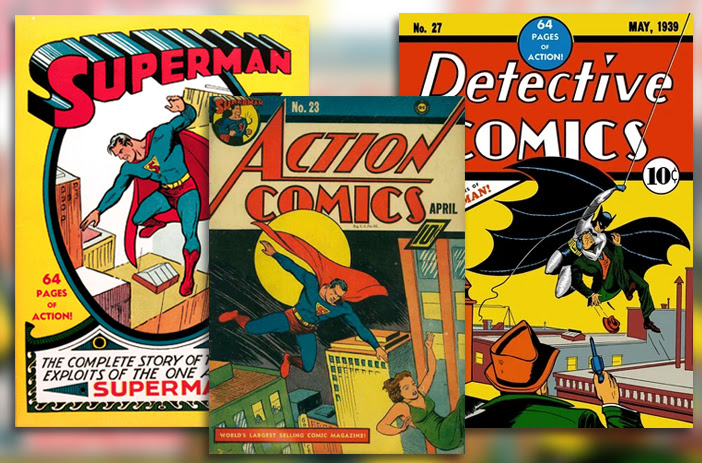
A key issue is a specific kind of comic that marks an important event or happening. Key issues generally include things like:
- The first issue of a new comic line, such as Superman #1.
- The first appearance of a character, such as Detective Comics #27 (Batman's first appearance.)
- The first appearance of an antagonist, such as Action Comics #23 (the first appearance of Lex Luthor.)
- A major event or happening in a storyline, like the Death of Superman.
Not all of these constitute a major key issue, however. For example, the first appearance of Calendar Man, the Batman villain, isn't going to be very desirable for most Batman fans, even fans of his rogues gallery, who have many more iconic villains to track down first.
There are also otherwise innocuous comics that end up being keys for external reasons. Captain America #3 wasn't exactly iconic itself, but it was the debut of Stan Lee as a writer, and that alone makes it valuable. Another example is Mighty Thor #390, which is noteworthy as being the first time Captain America picked up Mjolnir and proved himself worthy.
Often, the less rare or less desirable keys are known as "minor keys" because they aren't as major or significant as the other big names. Major keys are more valuable and desirable than minor keys, which are more valuable and desirable than the "filler" books in between.
Cultural Significance
Cultural significance can also make a comic desirable. We already mentioned one of those above, the first comic where Stan Lee was the writer.
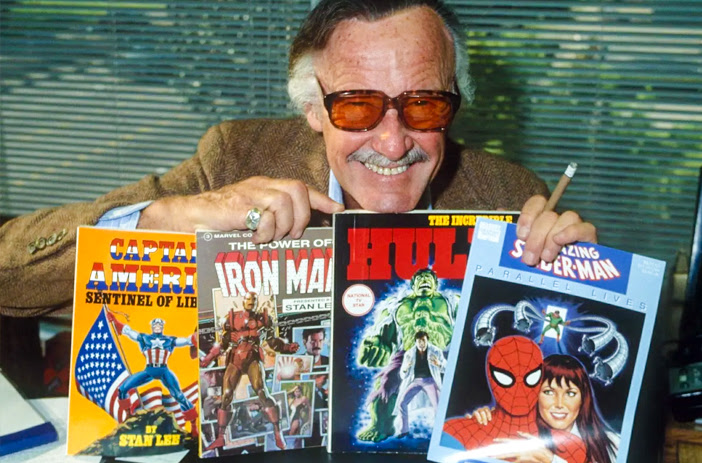
Stan Lee was incredibly influential in decades of comics storytelling and the entire direction of the industry, and he's arguably one of a small handful of people responsible for the entire media empire they have become. Without all of that cultural significance, the first comic he wrote wouldn't be very noteworthy at all.
Historical Significance
Historical significance can also be important. For example, an entire era of comics was toiling under the censorship and control of the Comics Code Authority; the first comics published under it, the first comics published without it, and the first comics of various eras are all important to the history of the industry and to media culture.
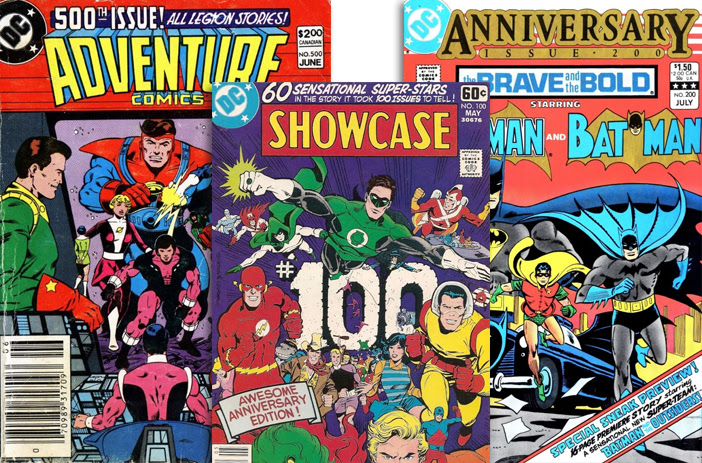
You can also get a bump in value for comics because of their relation to past comics. When a book reaches issue #100, #200, or another milestone, it can be worth a bit of a premium, and even more, if something important happens in that issue. Other interesting numbers, like #666, can see a bump, though relatively few comics have even published that many issues. You also have time-based milestones like the 50th anniversary of a character or a line. All of these can see a bump in the value of the books produced as part of a celebration or milestone award.
Media Significance
Another way a comic might be made more valuable – and the value might be temporary – is if the comic is relevant to some other form of media or tie-in that happens in the modern era. For example, every time the Marvel Cinematic Universe announces or releases a new movie or TV show, the comics it is based on in terms of storyline tend to see a significant bump. Other keys for the relevant characters also see bumps as people get interested in the characters again and start or restart their efforts in collecting the comics they came from.
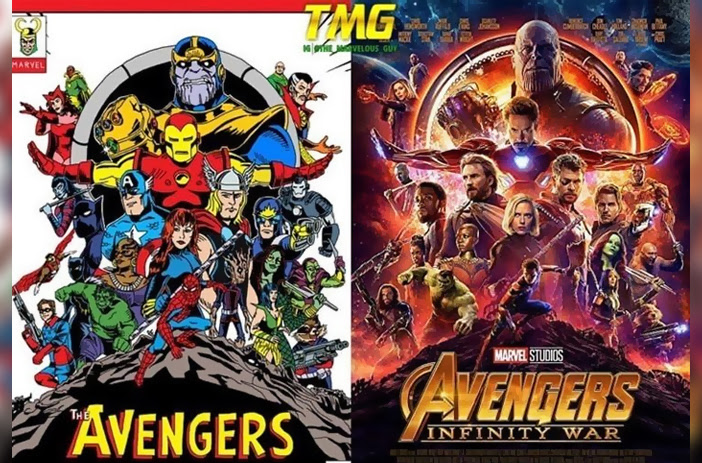
Some properties, characters, and specific books have an enduring kind of value; others rise and fall at the whims of the modern media apparatus.
Print Runs and Production Numbers
Rarity makes a comic valuable when all else is the same, and rarity is a combination of two factors: how many were made and how many survived. If a publisher prints 100,000 copies of a comic, but most of them are destroyed over the course of 60 years, the remaining copies are going to be scarce and valuable. On the other hand, if a publisher prints 50,000 copies of a comic, but they only did that last year, and you can reasonably assume almost all 50,000 of them are still around in pretty good condition, they aren't going to be valuable at all.
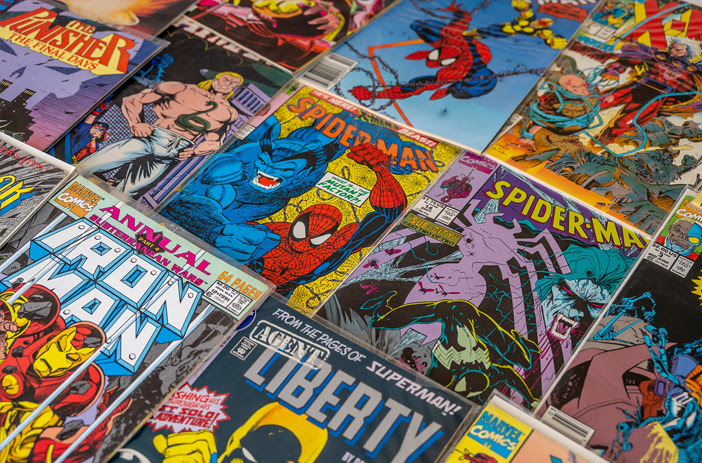
Unfortunately, it's very difficult to know the production numbers of comics. Publishers don't exactly hand out that data and many of the sources people have used to estimate over the years have changed or been limited. You can read more about the topic here if you're interested.
Artificial Scarcity
If rarity is a big part of what makes a comic valuable, what happens when a publisher decides that instead of printing enough of a comic to satisfy demand, they'll limit how many they print? Maybe they print 20,000 copies. Maybe they print 10,000. Or 1,000. Or 100.
Well, if it's not an already desirable comic, chances are this is going to fall flat. If you only print 100 copies of a comic, you're just making sure only 100 people ever see it, if that, and it won't pick up the kind of cachet it needs to grow.

For already established comics, though, the publishers aren't going to risk such a strict limitation without a backup. That's what variant copies are. For example, ratio variants are versions with a rare cover but are otherwise identical and are only given to stores when they order so many of a given comic's base copy. They might have to order 100 copies to get one variant, so the variant is 100x more scarce (or more, when you consider the stores that can't justify even ordering 100 copies) and thus more valuable. It is not necessarily 100x more valuable, but it is more valuable all the same.
Personal Nostalgia
Sometimes, a comic isn't worth a ton all on its own, but someone might pay more than you would expect for it because they have personal nostalgia for it.
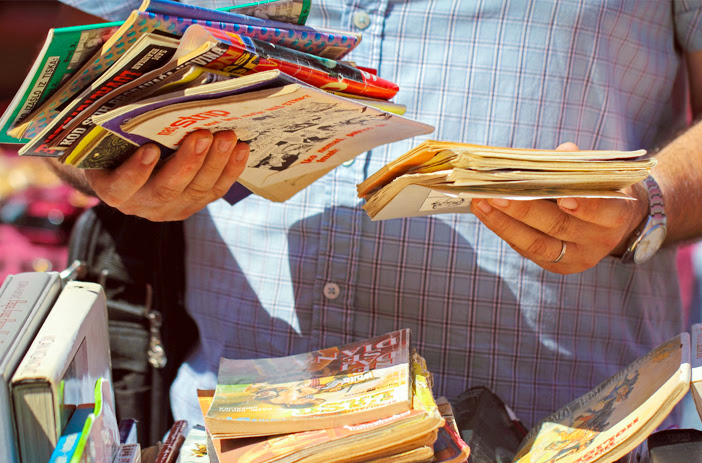
Older and rarer comics might sell to the right buyer for much more than normal for this reason. Mostly, though, this isn't a significant factor.
Estimating the Rarity and Desirability of a Comic Book
One nice thing about the comics industry is that, while all of these disparate factors go into the rarity, desirability, and value of a comic book, you don't need to have encyclopedic knowledge of the comics industry, or even of the line you like, in order to estimate the core factors of the book. All you need are modern tools and data aggregators, like GoCollect, eBay, and CGC's census lists to give you a good idea.
Estimating rarity is simple; how hard is it to find copies of a comic for sale? To this day, eBay is still one of the biggest platforms for buying and selling comics, and it's easy to see how many are currently listed and how many have recently sold. A comic with dozens of sales each week is probably a lot less scarce than one that only has two listings and one past sale in the last month.
Desirability is a little harder to judge from the outside looking in. If you have a book to sell, you can list it and see what kinds of bids and offers you get, which can tell you what kind of demand there is for the book. You can also check the volume of recent sales and judge how many are moving in the market. For the most part, though, desirability is all about the core factors that make a book a key; the more they have, the more desirable a book is likely to be.
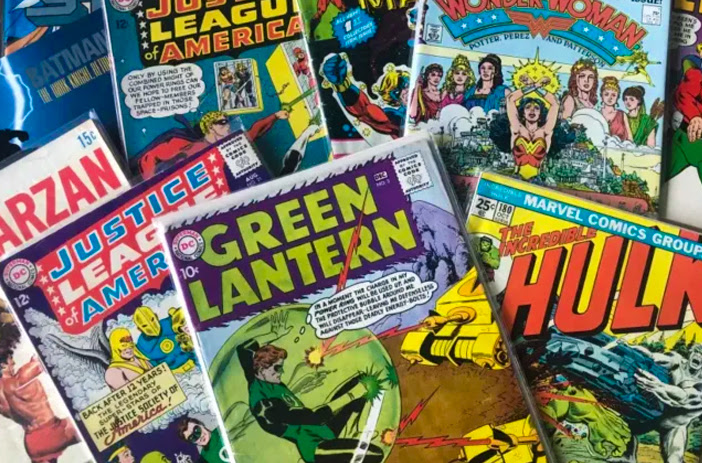
So, do you have a stack of old comics, and are you wondering if any of them are rare or valuable? You have a few options. You can make a list and look them all up on sites like GoCollect to estimate values. You can list them individually on eBay and see who bites on what. You can also click this handy link and fill out our form with a description of what you have. As one of the leading dealers in high-end and valuable comics, we know our way around the industry, and we're more than happy to help appraise, estimate, and even buy the comics from you. All you need to do is ask!


